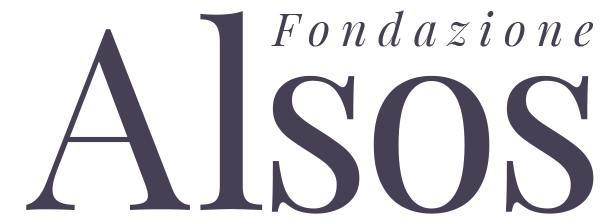Researcher
Pierpaolo Ascari
General field of research
Philosophical Studies
Project by
Andrea Borsari, Alma Mater Studiorum - Università di Bologna
- Abstract
-
From Idomeni to Calais, from the Maghreb to Lampedusa, the flows of migrants determine the location of the sites specifically intended for formal and informal transit management, i.e. the camps. These areas could vary in nature, sometimes taking the form of shantytowns or tent camps, hotspots or penitentiaries; however, they all share a rather consistent set of types and functions.
They are often located in the proximity of ports, motorway junctions and border crossings, where people on the move wait for a chance or are rejected by the police. They create conflicts between different cultures of the diaspora, between natives and migrants and between authorities and voluntary associations. They are above all places that take on a new form of life, both for “guests” and for those who establish and manage them.
As a matter of fact, procedures, religious traditions, daily habits and personal objects take on a contingent function – both inside and around the camp – as they allow people inside to survive in a hostile environment and persevere in pursuing their aspirations; at the same time, these phenomena operate quite differently in the structure of the moral economy that imposed the opening of the camp.
This research project has provided a description of the processes through which strategies of resistance and adaptation to transit modify the relationships between the experience of space, objects, cultural forms and the built environment. The project also aims at evaluating the importance of these processes in the analysis of the numerous temporary sites where migrants are relegated today.
The project also offered the opportunity to measure specific modes of relationship that develop in these contexts with respect to sensory perceptions, memory and socialisation. It will also allow researchers to verify the suitability of the tools that, confronted with the problem of continuity and discontinuity of forms, produced the aesthetic and philosophical investigations of the 20th century.

